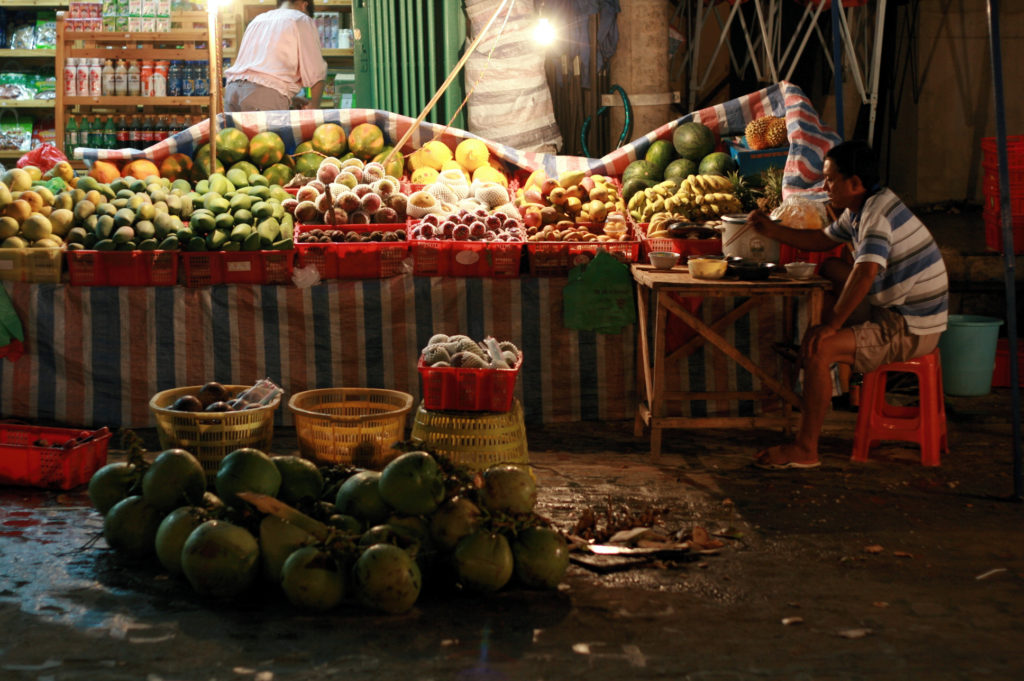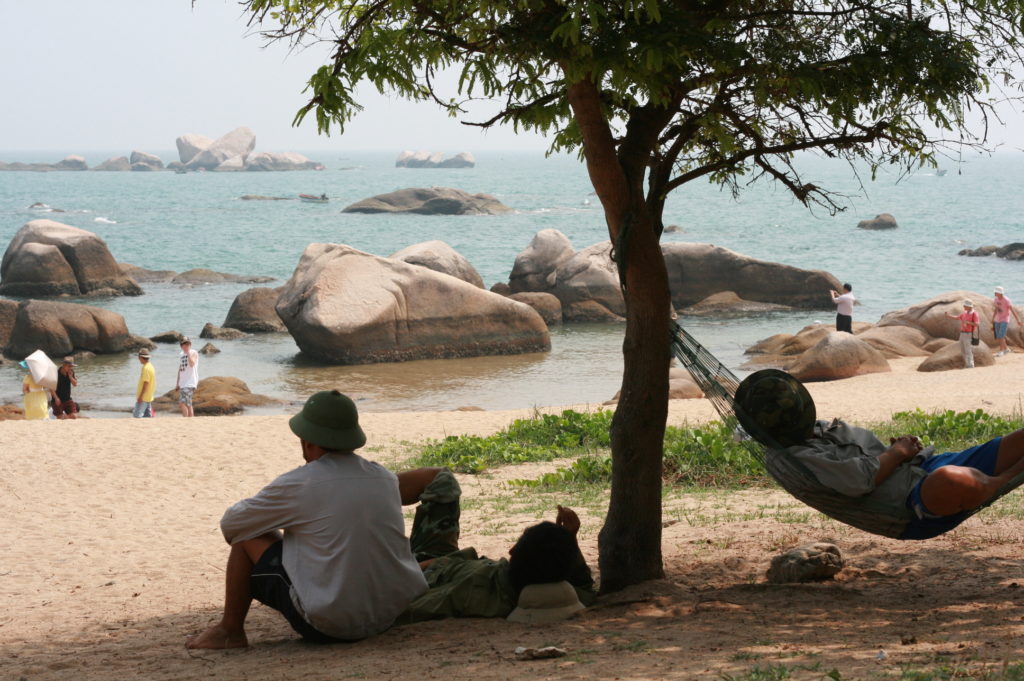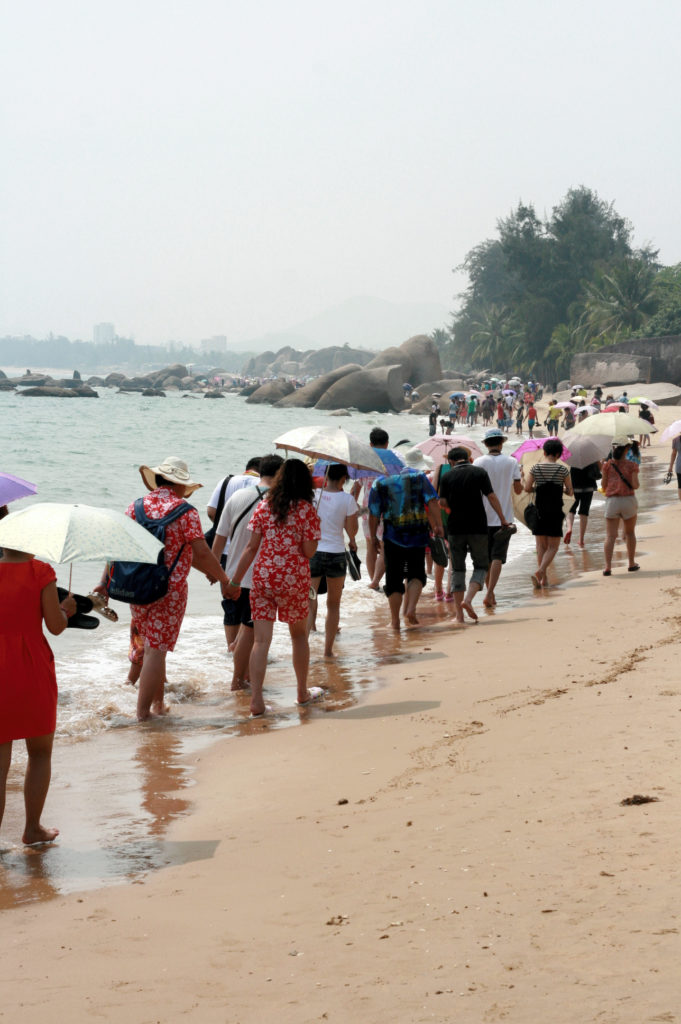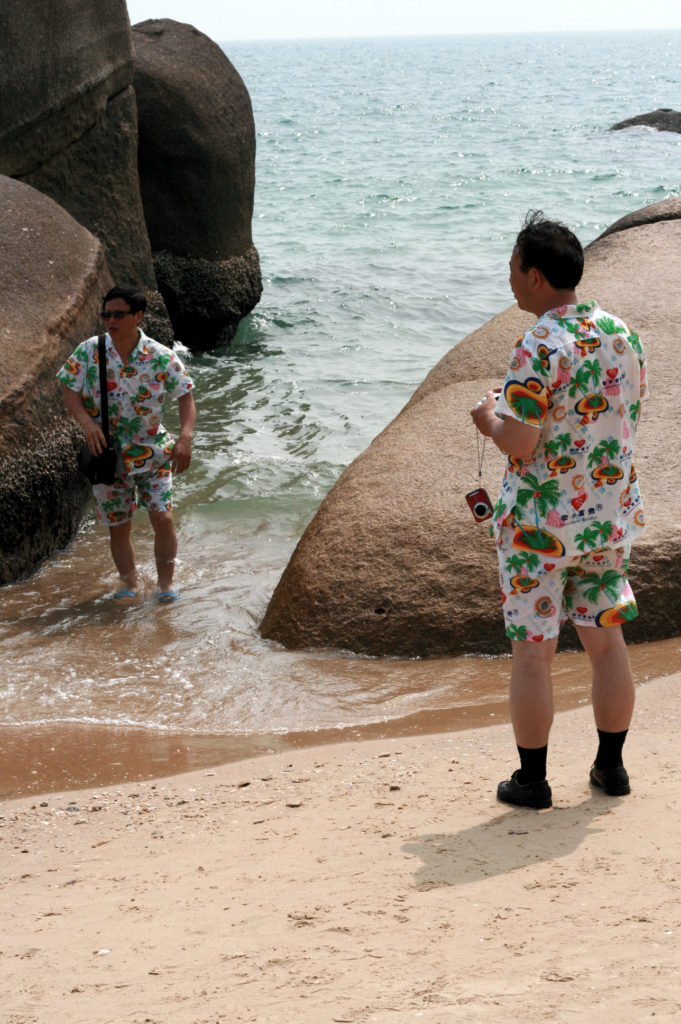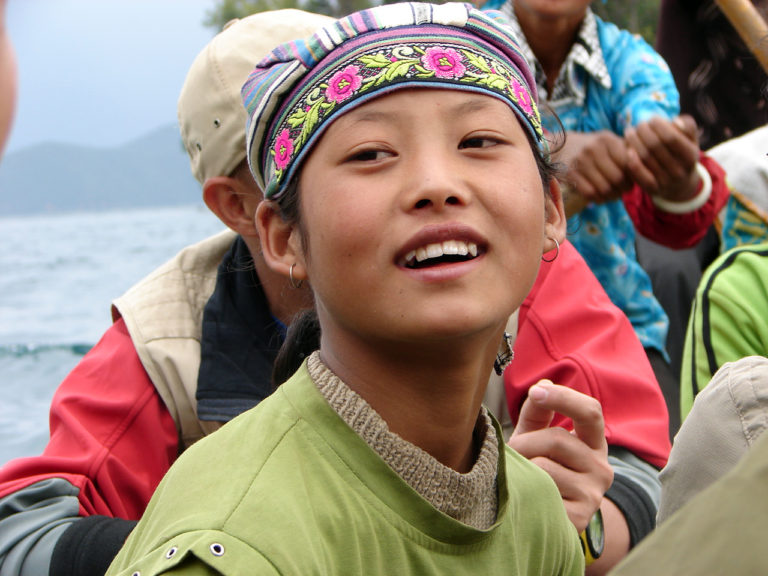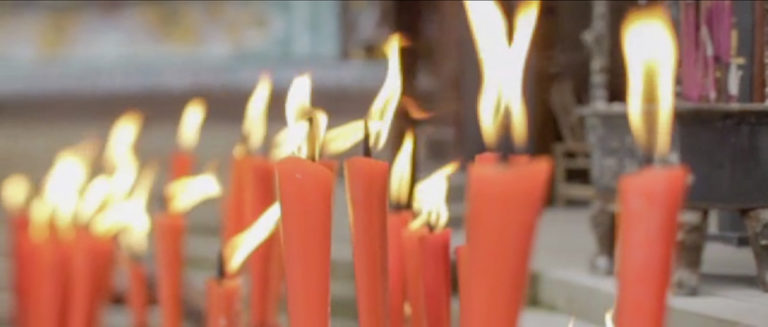“The shells look a lot like the photos a shopkeeper showed me on her phone earlier that day. The woman, like all other shopkeepers in Tanmen village on the southeast coast of China’s Hainan Island, sells trinkets from the sea: figurines carved out of giant white clam shells, jewelry made from red, black, and turquoise chunks of coral and stone, and the odd lacquered fish. But her street side shop doesn’t sell turtle shells. For that, I’d have to go meet some fishermen in an undisclosed location.”
– “The Fat Man’s Belly,” Roads and Kingdoms, Jan. 8, 2015
Most people travel to Hainan Island, off the southern coast of China, to stay in big hotels and walk sandy beaches looking for shells. That’s how I got there. For several years I wrote travel reviews for the South China Morning Post’s sponsored content edition – “sponsored” meaning paid for by government or business. I fell into this job when a friend from the Chengdu Municipal Propaganda department nominated me for a series of articles praising Chengdu as the economic, political , and cultural hub of western China. After I finished that job to everybody’s satisfaction, I started getting similar gigs all over Mainland China.
I got sent to the island of Hainan often. It was a blast. I stayed in the best hotels for free, was treated like a prince by the GMs of these major big brand chains – Marriott, Ritz-Carlton, Intercontinental, Sheraton, etc. – and had the freedom to move about and explore the island (or more specifically, the city of Sanya) on my own.
It was one one of these trips that I wrote this story for Roads and Kingdoms. The title came from a quote in the story, in which Huang Jing, the director of the Center on Asia and Globalization at the Lee Kuan Yew School of Public Policy in Singapore, likened China’s aspirations in the South China Sea to a big fat guy bumping you with his belly, moving you back inch by inch, without actually throwing a real punch.
Hainan Island was the base from which the fat man operated, and I spent about two weeks traveling up and down the southern and southeastern coasts reporting on what I saw. When I think back, the image that appears in my mind most often is the view from the high-speed train heading out of Sanya toward Bo’Ao, 187km up the eastern coast: lush green fields dotted with pineapple orchards, sun-drenched and lifting smoothly up toward the peaks at the center of the island; pastel low-lying homes with open courtyards and laundry blowing in the wind; a Pacific sky stretching blue and expansive across a calm sea.
Click here to read the full story, “The Fat Man’s Belly.”
